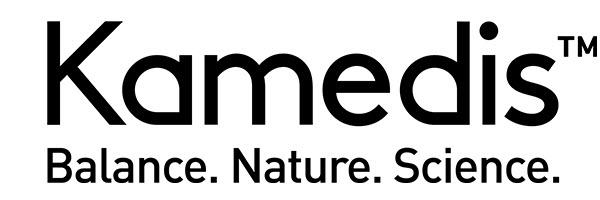SEBO SKIN T-Zone Cream Clinical Study
ABSTRACT:
Objective: Seborrheic dermatitis is a common relapsing inflammatory skin condition occurring in approximately 3 to 5 percent of the general population. Current available therapies control, but do not cure seborrhea. The study’s objective was to determine the safety and efficacy of a barrier-based, nonsteroidal cream incorporating herbal extracts as a treatment for facial seborrheic dermatitis.
Design: Interventional, open-label, safety/efficacy study.
Setting: At the baseline visit, the investigator selected a target area on the face. The target area was evaluated for Investigator Static Global Assessment, desquamation (scaling), induration (inflammation), and erythema (redness) as well as self-assessed pruritus.
Participants: Thirty-two subjects with seborrheic dermatitis were enrolled in the study.
Results: A reduction in all parameters evaluated was seen at almost all time points, improving more from one-time point to the next during the study period. In addition, the patients expressed a high degree of satisfaction with the treatment. no adverse events were reported during this study.
Conclusion: The study showed that after six weeks of treatment, the face cream provided improvement in Investigator Static Global Assessment, pruritus, desquamation, induration, and erythema.
Summary: This study was performed to determine the safety, efficacy, and ease of use of a novel herbal-based face cream in providing relief to facial seborrheic dermatitis, as measured with an ISGA using a 6point scale and other criteria. All factors showed clinically meaningful reduction during the study with a decrease of mean scores from one visit to the next, with the exception of desquamation from Week 4 to Week 6; however, it was a major improvement from baseline.
Seborrheic dermatitis (SD) is a common relapsing inflammatory skin condition occurring in approximately 3 to 5 percent of the general population, with a worldwide distribution. SD affects newborns, infants, and adults; occurs in all races; and severity is higher in males than in females. Up to 70 percent of infants in the first three months of life may develop the condition. The prevalence of SD is increasing to 30 to 83 percent in human immunodeficiency virus (HIV)-positive and acquired immunodeficiency syndrome (AIDS) patients. SD is related to cradle cap or diaper rash.
SEBO SKIN T-Zone Cream used in this study forms a dense layer over the skin-injured areas and prevents oxygen supply. The resulting anaerobic conditions inhibit pathogen growth. In addition, the strong barrier properties of the cream isolate and protect the inner layers of epidermis from desiccation. Moreover, the herbal ingredients in the cream, and mostly the dipotassium glycyrrhizate (also known as licorice), offers potential anti-inflammatory,20 antimicrobial,21 and antifungal22 properties, which may assist in improving and relieving the severity of seborrheic dermatitis.
Clinical appearance of a patient with seborrheic dermatitis (A) before and (B) after 6 weeks of treatment with a novel herbal-based cream.
(A)

(B)

Average treatment score versus duration (weeks).

Average pruritus self-evaluation improvement (percentage compared to BL) versus duration (weeks from BL).

